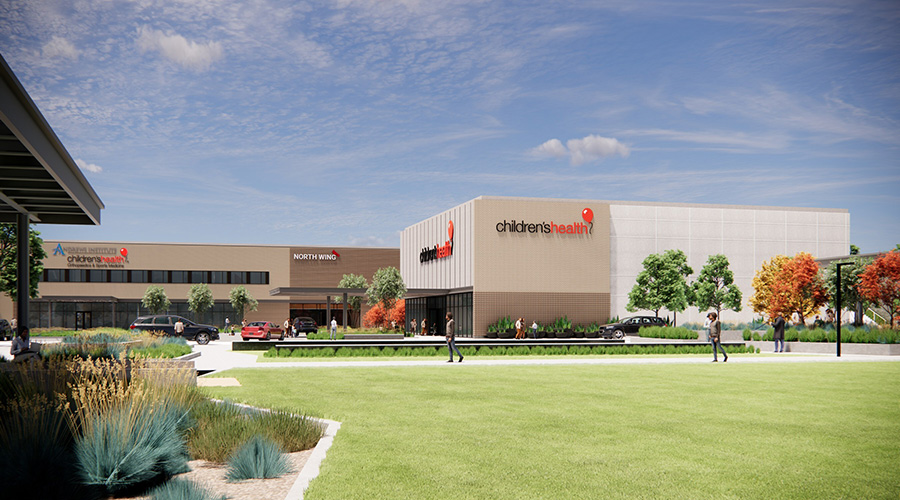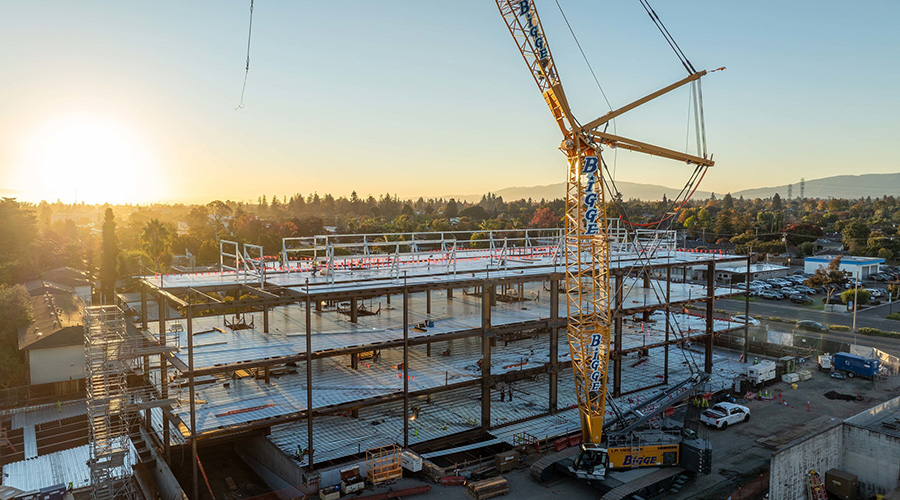Resilience — the ability of an organization to prepare for, respond to and return to normal operations after an emergency — is becoming a higher priority by the day. From pandemics and cyber attacks to wildfires and hurricanes, there seems to be no end to the potential threats that facility managers in healthcare organizations need to address. Now managers have another resource at their disposal in these efforts.
The American Society of Civil Engineers recently issued, Impacts of Future Weather and Climate Extremes on United States Infrastructure: Assessing and Prioritizing Adaptation Actions. The report summarizes likely changes in various extreme meteorological and hydrological events and assesses the vulnerabilities of infrastructure within critical sectors and their collective interdependencies.
The report identifies five critical infrastructure sectors: energy; transportation; drinking water and wastewater; water storage and flood protection; and navigation. Each sector is reviewed with respect to the potential impacts of climate change pertinent to that sector, current sector fragility or resilience to such impacts, adaptation readiness, and dependency on or contribution to other sectors. A proposed step-by-step prioritization process is included along with examples of case-specific prioritization frameworks used by other organizations.
Policy makers, managers and engineers involved in infrastructure planning and design, from the federal level to local stakeholders, will find this book a helpful guide in accommodating projected future weather and climate extremes for their locale.

 Spaces That Support: Patient-Centered Design for Modern Reproductive Health
Spaces That Support: Patient-Centered Design for Modern Reproductive Health Modernization of Buildings Require Collaboration Across All Disciplines
Modernization of Buildings Require Collaboration Across All Disciplines Children's Health Announces Plans for RedBird Specialty Center in Texas
Children's Health Announces Plans for RedBird Specialty Center in Texas How Can Healthcare Facilities Use Efficiency to Drive Climate and Health Goals?
How Can Healthcare Facilities Use Efficiency to Drive Climate and Health Goals? El Camino Health Rehabilitation Hospital Officially Tops Out
El Camino Health Rehabilitation Hospital Officially Tops Out